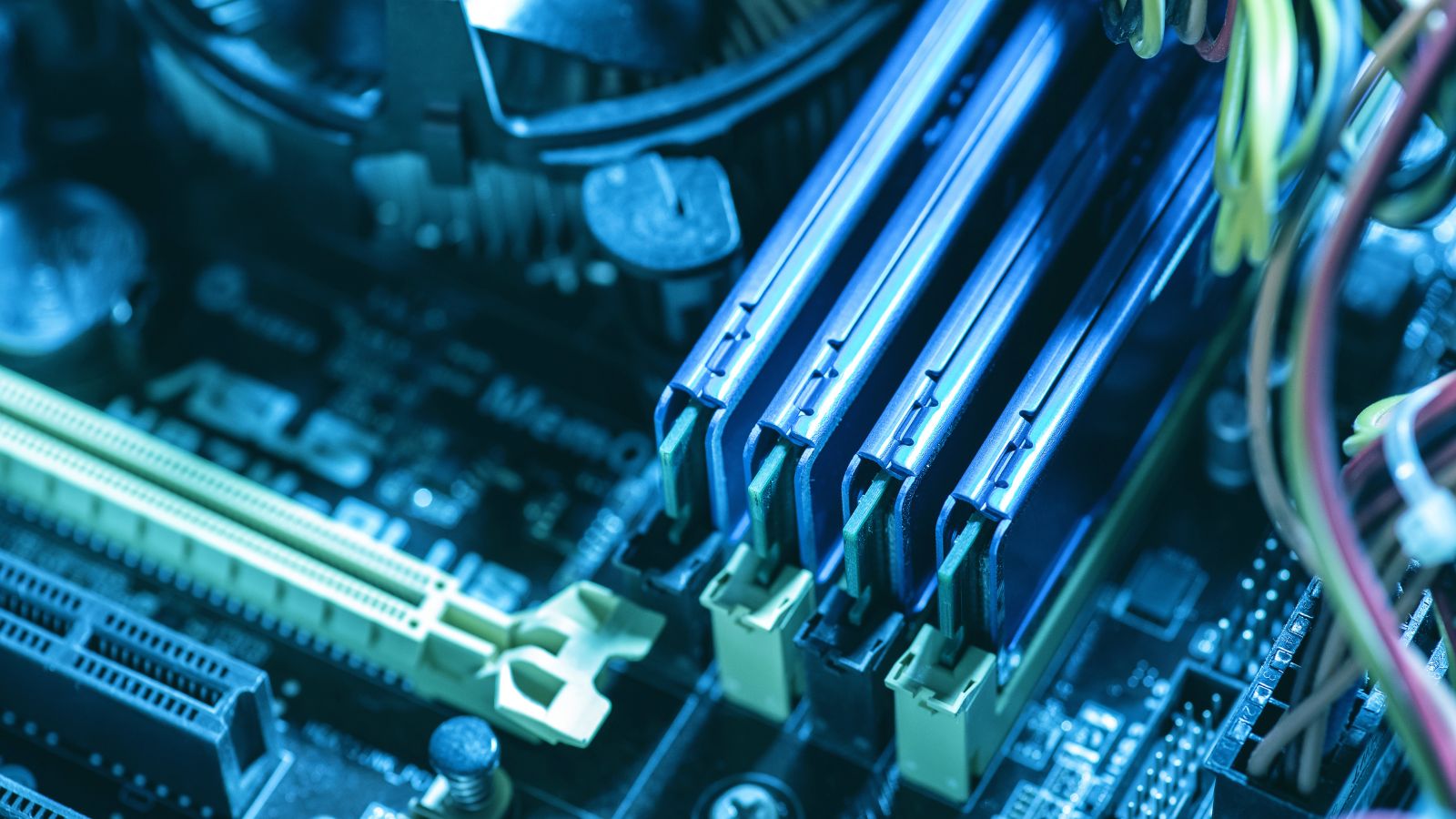Right angle spring contacts are changing how designers approach compact electronic connections in modern devices. These innovative components offer reliable electrical contact whilst fitting neatly into tight spaces where traditional connectors simply cannot go. With their unique 90-degree bent design, right angle spring contact solutions simplify board layouts and boost device durability, making them essential for wearables, automotive electronics, and medical equipment where space efficiency matters most.
What Is a Right Angle Spring Contact?
A right angle spring contact is a type of spring-loaded connector with a body bent at 90 degrees, designed for edge-mounted electrical connections on printed circuit boards (PCBs). This shape allows horizontal or side-entry mating, which fits limited space inside devices like fitness bands, infotainment systems, and handheld medical instruments.
Manufacturers stamp or machine the contact from materials such as beryllium copper or phosphor bronze, then plate it—often with gold—to increase conductivity and prevent corrosion. The “spring” element delivers constant force against the mating pad, maintaining secure electrical contact under vibration, shock, or thermal cycling.
Right angle spring contacts from Promax in China use precision processes to ensure solid mechanical stability and low electrical resistance, meeting RoHS and industry safety standards. Engineers specify these pins when designing battery connectors, display interconnects, and signal transmission points requiring reliable retention and minimal insertion force.
Right angle spring contacts play a key role in high-density layouts, multi-connector arrays, and modular designs—streamlining assembly for partners in consumer electronics, automotive, aerospace, and medical supply chains.
Key Features of Right Angle Spring Contacts
Right angle spring contacts deliver efficient connections and consistent performance in high-density electronic assemblies. Their engineering supports compact device design and reliable electrical interfaces across wearables, automotive modules, and medical equipment.
Design and Construction
Right angle spring contacts use a plunger, a coiled spring, and a housing or barrel arranged in a 90-degree bent configuration for edge-mounted PCB applications. The spring mechanism supplies constant contact force, compensating for misalignments or movement when devices operate or experience vibration. Promax manufactures these contacts using beryllium copper or phosphor bronze for the core parts, and applies gold plating to all contact areas, improving durability and reducing oxidation. Some designs integrate internal balls or shells, which raise current capacity and mechanical longevity by reinforcing the internal contact point. Low-profile shapes support horizontal or side-entry connections, minimizing required board real estate in compact designs.
Electrical Performance
Right angle spring contacts maintain low contact resistance and dependable signal transmission by using machined contact surfaces and a controlled spring force. The stable interface prevents signal drop or loss even during mechanical shock or environmental stress. Promax tests each batch to validate minimal insertion and extraction force, reducing connector wear and electrical arcing compared with rigid pin solutions. Spring contacts also handle high cycle counts and frequent mating, serving applications like battery interconnects or test equipment. By controlling material purity, plating thickness, and spring calibration, Promax supports current ratings for signal and low-power lines typically from 1 to 5A per pin, based on end-use requirements.
Durability and Reliability
Right angle spring contacts supply mechanical flexibility, allowing them to absorb stack-up tolerances and slight positional errors during PCB assembly. Their spring mechanics resist vibration and repeated shock, protecting devices in automobiles and industrial systems. Gold-plated or nickel-plated finishes lengthen contact life by preventing surface wear and mitigating corrosion. Internal structures manage contact bounce, stabilizing electrical connection and safeguarding sensitive device circuitry. Promax’s processes meet RoHS and global reliability standards, and each batch undergoes mechanical and electrical life cycle testing to reduce field failures. These features ensure right angle spring contacts remain integral to mission-critical designs needing long-lasting, precise electrical links.
Common Applications of Right Angle Spring Contacts
Engineers deploy right angle spring contacts in hand-held electronics, including smartphones, portable scanners, and medical readers, where compact profiles and side-entry mating support limited space requirements. Design teams use these components for board-to-board interconnects, choosing them for blind-mate assemblies where precise alignment is needed but traditional soldering isn’t practical. In battery integration, right angle contacts supply stable yet removable connections in wearables, mobile devices, and wireless IoT sensors.
Automotive and aerospace manufacturers incorporate right angle spring contacts for vibration-resistant connections in dashboard systems, ECU modules, and communication interfaces, leveraging high cycle durability and resistance to shock. Industrial devices, like smart meters and programmable controllers, feature these connectors for their ability to maintain consistent contact under temperature shifts and frequent handling.
Promax produces right angle spring contacts tailored for high-reliability applications, offering options for surface-mount or through-hole installation and supporting custom working heights up to 9.5 mm. Specialized designs also enable secure electrical pathways in antenna connections, PCB grounding, and LED board interfaces. Product designers select Promax solutions when electrical continuity and robust retention drive the application requirements.
Advantages Over Other Connectors
Right angle spring contacts support high tolerance for stack-up errors and board misalignment, ensuring reliable connectivity for edge-mounted and modular designs. Traditional connectors like rigid pins or leaf springs often fail in situations with mechanical deviation, leading to field failures and higher rejection rates.
Spring-loaded pins deliver constant contact force, lowering contact resistance and resisting fatigue over thousands of cycles. Non-spring connectors, by contrast, lose connection integrity as surfaces wear or flex under vibration. Promax manufactures right angle spring contacts using beryllium copper or phosphor bronze and gold plating, enhancing durability and conductivity in high-use environments such as automotive or medical device assemblies.
Compact dimensions and support for surface mount technology allow these contacts to fit high-density electronic layouts. Blind mating and solderless attachment speeds up assembly, cutting labor time and cost. In comparison, traditional connectors require precise alignment and manual intervention to avoid damage during installation.
Promax designs spring contacts to absorb vibration and thermal expansion, ensuring low-maintenance performance in demanding conditions. Options like flat and hybrid contact tips further improve wear resistance, enabling stable signal transmission in industrial automation and aerospace systems. These features combine to give right angle spring contacts greater operational life and reliability, especially where device uptime and maintenance expenses affect end-user value.
| Feature | Right Angle Spring Contacts | Traditional Connectors |
| Misalignment Tolerance | High (absorbs stack errors) | Low (tight alignment needed) |
| Contact Resistance | Low, stable over time | Increases with use |
| Life Cycle | 1,000+ cycles | Often < 500 cycles |
| Assembly Time | Short | Longer |
| Fatigue Resistance | High (via spring force) | Low (wear-prone) |
| Space Efficiency | Compact, SMT compatible | Bulky, less dense |
Considerations for Selecting the Right Angle Spring Contact

Selection of right angle spring contacts relies on engineered criteria to ensure dependable, low-profile electrical connections. Promax manufactures these contacts to support compact product design and precision assembly in advanced electronics.
Material Choices
Right angle spring contacts use copper alloys—such as beryllium copper or phosphor bronze—for their high conductivity and mechanical strength. Gold plating on the contact surfaces optimizes corrosion resistance, reduces contact resistance below 50 mΩ, and prolongs wear life in high-cycle use. Promax applies multilayer electroplating and inspects all joints to meet RoHS compliance and IPC standards. Ball-type versions like Omniball® add a gold-plated ball, decreasing wear in dynamic or rotational arrangements. Reliable plating supports medical, aerospace, and communication builds requiring stable, low-resistance current flow under environmental stress.
Size and Mounting Options
Size and mounting options address spatial, electrical, and mechanical constraints within assemblies. Diameter and length, typically ranging from 0.8 mm to 3.0 mm and up to 9.5 mm in working height, match current carrying needs and fit within board layouts. Plunger travel compensates for board stack-up variations, maintaining consistent force during mating. Promax provides right angle spring contacts for surface mount, through-hole, and hybrid installations, adapting designs for high-density assemblies or rugged environments. Configurations include options for low-profile mounting parallel to PCBs, making these contacts suitable for battery terminals, display connections, and modular component interfaces where design density and durability matter.
Leading Brands and Product Options
Promax in China produces right angle spring contacts with options for gold, palladium, and ruthenium plating, using copper alloys like beryllium copper and phosphor bronze for the base pin. Engineers select Promax spring pins for battery connectors, board-to-board signals, and antenna circuits in handheld devices, automotive modules, and medical equipment. Promax supports custom spring force, full stroke, and working height up to 9.5 mm—enabling configurations for SMT or through-hole installation to match PCB layouts.
Mill-Max also manufactures right angle pogo pins with tight diameter control (≥0.7 mm) and rating up to 3 amps continuous current. Applications include docking stations and modular assembly lines with frequent mating cycles. Both Promax and Mill-Max offer rapid design support, sample kits, and flexible packaging suited for large-volume production or prototype runs.
The table below summarizes key product characteristics:
| Brand | Material Options | Plating | Mounting | Stroke (mm) | Current (A) | Typical Use Cases |
| Promax | BeCu, Phosphor Bronze, Brass | Au, Pd, Ru | SMT, Through-hole | up to 2.3 | 2-3 | Battery, board-to-board, antennas |
| Mill-Max | Brass, HBi59, Cu-Sn Alloys | Au, Pd, Ni | SMT, Through-hole | up to 2.3 | 2-3 | Docking, modular boards, blind-mate |
Promax maintains compliance with RoHS and safety directives, offering full traceability for medical, automotive, and industrial connector projects. Design teams value the reliability, short lead times, and customization capacity when selecting Promax right angle spring contacts.
Conclusion
Right angle spring contacts continue to shape the future of compact electronics by offering unmatched reliability and flexibility in demanding environments. Their unique design and advanced material choices help engineers solve space and durability challenges across multiple industries.
With ongoing innovation from manufacturers like Promax and Mill-Max engineers can expect even more tailored solutions for high-density and mission-critical applications. As devices get smaller and smarter these versatile connectors will remain a cornerstone of modern electronic design.
Frequently Asked Questions
What is a right angle spring contact?
A right angle spring contact is a type of spring-loaded connector designed with a 90-degree bent body for side-entry electrical connections on printed circuit boards (PCBs), making it ideal for compact devices.
Where are right angle spring contacts commonly used?
They are commonly used in wearables, smartphones, automotive electronics, medical devices, and industrial equipment where space is limited and reliable electrical connections are essential.
What materials are right angle spring contacts made from?
Most right angle spring contacts are made from beryllium copper or phosphor bronze and are typically gold plated to enhance conductivity and prevent corrosion.
What are the main advantages of using right angle spring contacts?
Key advantages include reliable connections in tight spaces, compensation for misalignment and vibration, high durability, low contact resistance, and ease of assembly in high-density electronics.
How do right angle spring contacts improve device durability?
Their spring mechanism maintains constant contact force, reducing wear, preventing arcing, and ensuring secure connections under vibration or mechanical stress.
How do right angle spring contacts differ from traditional connectors?
Unlike rigid pins, right angle spring contacts tolerate misalignments, prevent installation damage, reduce maintenance, and provide consistent performance over thousands of cycles.
Can right angle spring contacts be used for battery connections?
Yes, they are widely used for battery connectors in portable devices like wearables, smartphones, and IoT sensors, providing stable yet easily removable connections.
Are right angle spring contacts suitable for automotive or aerospace applications?
Absolutely. Their vibration resistance, high durability, and reliable connections make them ideal for use in automotive dashboards, ECU modules, communication systems, and aerospace equipment.
What mounting options are available for right angle spring contacts?
They are available in both surface-mount and through-hole configurations to accommodate different PCB design requirements.
Which manufacturers produce right angle spring contacts?
Promax in China and Mill-Max are leading manufacturers, offering high-reliability, customizable right angle spring contacts for various industries and applications.
What factors should be considered when choosing a right angle spring contact?
Consider material type, plating, current capacity, required spring force, maximum working height, and mounting style to ensure compatibility with your device’s requirements.
Do right angle spring contacts absorb vibrations and thermal expansion?
Yes, their design provides resilience to vibration and temperature changes, ensuring stable electrical contact and long operational life in demanding environments.





